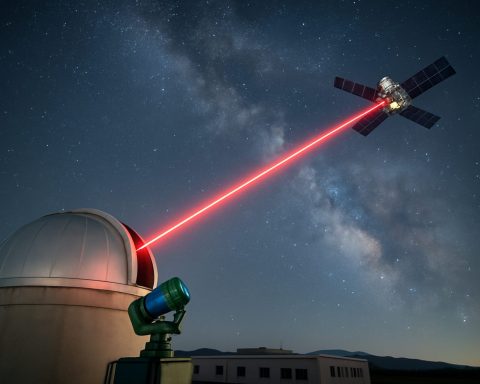
Underfitting
Underfitting is a common problem in machine learning and statistical modeling, where a model is too simplistic to capture the underlying patterns in the data. This occurs when the model has high bias and low variance, leading to poor performance on both the training set and unseen data. Underfitting results in a model that fails to learn enough from the training data, often due to inadequate complexity or insufficient features, and produces systematic errors across different datasets.For example, using a linear model to fit data that follows a nonlinear relationship may lead to underfitting, as the linear model cannot adequately express the complexity of the true relationship. As a result, the model will exhibit low accuracy and poor predictive capability.To mitigate underfitting, one can consider increasing the model complexity by using a more sophisticated algorithm, adding more features, or allowing the model to learn longer. Balancing model complexity is crucial; if a model becomes too complex, it may lead to overfitting instead, where it performs well on training data but poorly on new, unseen data. Therefore, finding the right level of complexity is key to achieving optimal model performance.




